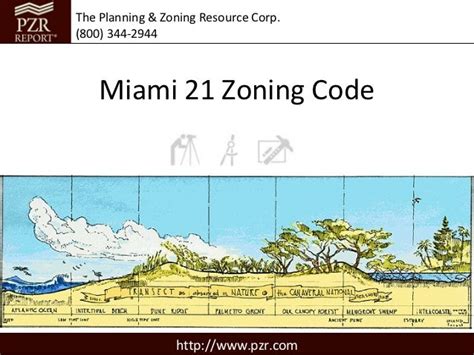-
Table of Contents
Miami 21 Zoning Code: A Comprehensive Guide
When it comes to urban planning and development, zoning codes Play a crucial role in shaping the built environment of a city. One such zoning code that has garnered attention in recent years is the Miami 21 Zoning Code. This innovative code, adopted by the City of Miami in 2010, aims to promote sustainable development, enhance the quality of life for residents, and create a more vibrant and walkable city. In this article, we will delve into the key aspects of the Miami 21 Zoning Code and explore its impact on the city’s urban landscape.
History and Background
The Miami 21 Zoning Code was born out of a need to update the city’s outdated zoning regulations, which were seen as hindering the city’s growth and development. The code was developed through an extensive public engagement process that involved input from residents, developers, and other stakeholders. The result was a comprehensive zoning code that reflects the city’s unique character and addresses the challenges of urban development in the 21st century.
Key Features of Miami 21
- Form-Based Code: Unlike traditional zoning codes that focus on land use, Miami 21 is a form-based code that emphasizes the physical Form of buildings and their relationship to the surrounding environment. This approach allows for more flexibility in Design and encourages mixed-use development.
- Transit-Oriented Development: Miami 21 promotes transit-oriented development by encouraging higher densities and mixed-use development near transit hubs. This helps reduce reliance on cars, improve access to public transportation, and create more walkable neighborhoods.
- Green Space and Public Realm: The code includes provisions for the creation of green spaces, public plazas, and pedestrian-friendly streets. This helps enhance the quality of life for residents, promote social interaction, and improve the overall aesthetics of the city.
Impact on Urban Development
Since its adoption, the Miami 21 Zoning Code has had a significant impact on the city’s urban development. Developers are now required to adhere to the code’s guidelines, which has led to a more cohesive and well-planned urban landscape. The code has also helped attract investment in key areas of the city, leading to revitalization and economic growth.
One notable example of the code’s impact is the transformation of the Wynwood neighborhood. Once a run-down industrial area, Wynwood has been revitalized into a vibrant arts district with galleries, restaurants, and shops. The Miami 21 Zoning Code played a key role in this transformation by allowing for mixed-use development, encouraging adaptive reuse of existing buildings, and promoting public Art and green spaces.
Challenges and Future Directions
While the Miami 21 Zoning Code has been successful in many ways, it also faces challenges. One of the main challenges is ensuring that the code is implemented effectively and enforced consistently. There have been instances where developers have skirted the code’s guidelines, leading to concerns about overdevelopment and gentrification in some neighborhoods.
Looking ahead, city officials are working to address these challenges and refine the code to better meet the needs of Miami’s growing population. This includes updating zoning regulations, expanding affordable housing options, and promoting sustainable development practices.
Conclusion
In conclusion, the Miami 21 Zoning Code represents a bold and innovative approach to urban planning and development. By focusing on form-based design, transit-oriented development, and green space, the code has helped create a more livable and vibrant city. While there are challenges to overcome, the code serves as a model for other cities looking to create sustainable and resilient urban environments.
For more information on the Miami 21 Zoning Code, visit the City of Miami’s official website.



